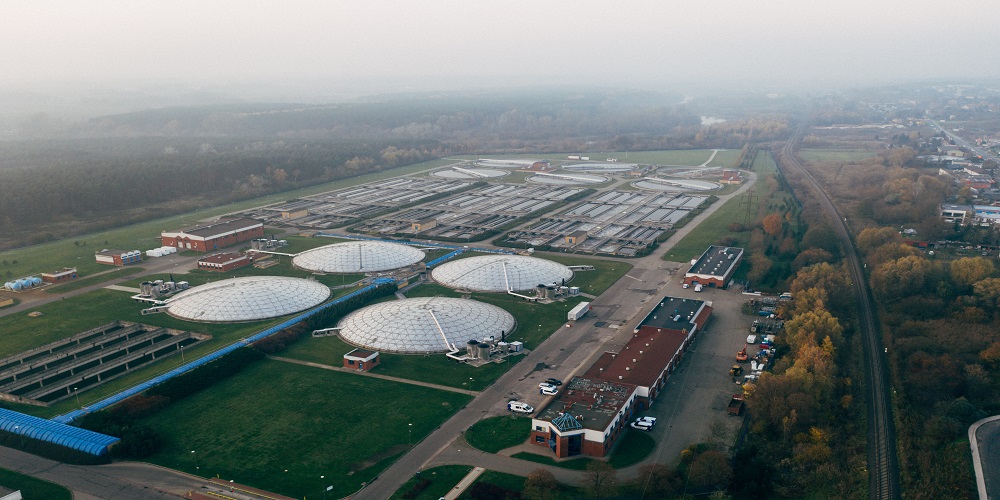For homeowners in Canada, maintaining a well-functioning septic tank systum is not only crucial for the environment but also for the health and safety of their families. Septic systems are a common wastewater treatment solution in rural and suburban areas where centralized sewage systems are not available. To ensure the proper functioning of septic systems and safeguard the environment, various regulations and guidelines have been put in place by authorities.
In this article, we will delve into the essential aspects of septic tank regulations in Canada, providing homeowners with valuable insights on what they need to know to comply with the law and maintain their septic systems effectively.

1. Understanding the Basics of Septic Systems
Before delving into regulations, it’s important to have a basic understanding of how septic systems work. A septic system is an on-site wastewater treatment facility that is typically composed of a septic tank and a drain field. Wastewater from toilets, sinks, and other household fixtures enters the septic tank, where solids settle to the bottom and bacteria break down the organic matter. The clarified water then flows into the drain field, where it is further treated by the soil.
2. Regulatory Authorities
In Canada, septic system regulations fall under the jurisdiction of local and provincial authorities and are adhered to by all legitimate septic tank suppliers. These regulations are designed to ensure that septic systems are installed, operated, and maintained in a manner that minimizes the risk of contamination of groundwater and surface water. Depending on the province and municipality, there may be slight variations in the specific regulations, but the overarching goals remain the same.
3. Installation and Permitting
When installing a new septic system or making significant modifications to an existing one, homeowners typically need to obtain a permit from the local regulatory authority. The permitting process involves submitting detailed plans and designs of the septic system, including its size, location, and construction materials. This step is crucial to ensure that the septic system is appropriately designed to handle the wastewater load of the household and is situated in a way that prevents environmental harm.
4. Sizing and Design Guidelines
Septic systems must be appropriately sized to handle the wastewater generated by the household. The size of the septic tank, the layout of the drain field, and the quality of the soil all play a role in determining the system’s effectiveness. Design guidelines take into account factors such as the number of bedrooms in the house, the soil’s permeability, the distance between the septic system and potential sources of contamination like wells and water bodies.
5. Maintenance and Inspections
Regular maintenance and inspections are crucial to ensuring the longevity and efficiency of a septic system. Homeowners are typically responsible for scheduling septic tank pumping every few years, depending on household size and usage. Additionally, periodic inspections by qualified professionals are recommended to identify and address potential issues before they escalate into costly problems. This proactive approach helps prevent system failures and environmental contamination.
6. Environmental Considerations
Septic systems have the potential to impact the environment if not properly managed. Poorly maintained or malfunctioning septic systems can lead to the release of harmful pathogens and pollutants into groundwater and nearby water bodies, posing health risks to humans and aquatic life. Compliance with regulations not only helps protect the environment but also safeguards the health and well-being of the community.
Conclusion
In conclusion, understanding septic tank regulations in Canada is essential for homeowners who rely on septic systems for wastewater treatment.
If you’re in need of reliable septic tank supplier services that adhere to Canadian regulations, contact us today. Our experienced professionals are dedicated to assisting homeowners in ensuring the proper functioning and compliance of their septic systems. Your peace of mind and a healthier environment are our top priorities.
Remember, a well-maintained septic system not only protects your family but also contributes to the preservation of Canada’s natural resources. Contact us now to learn more about how we can help you maintain a sustainable and effective septic system.